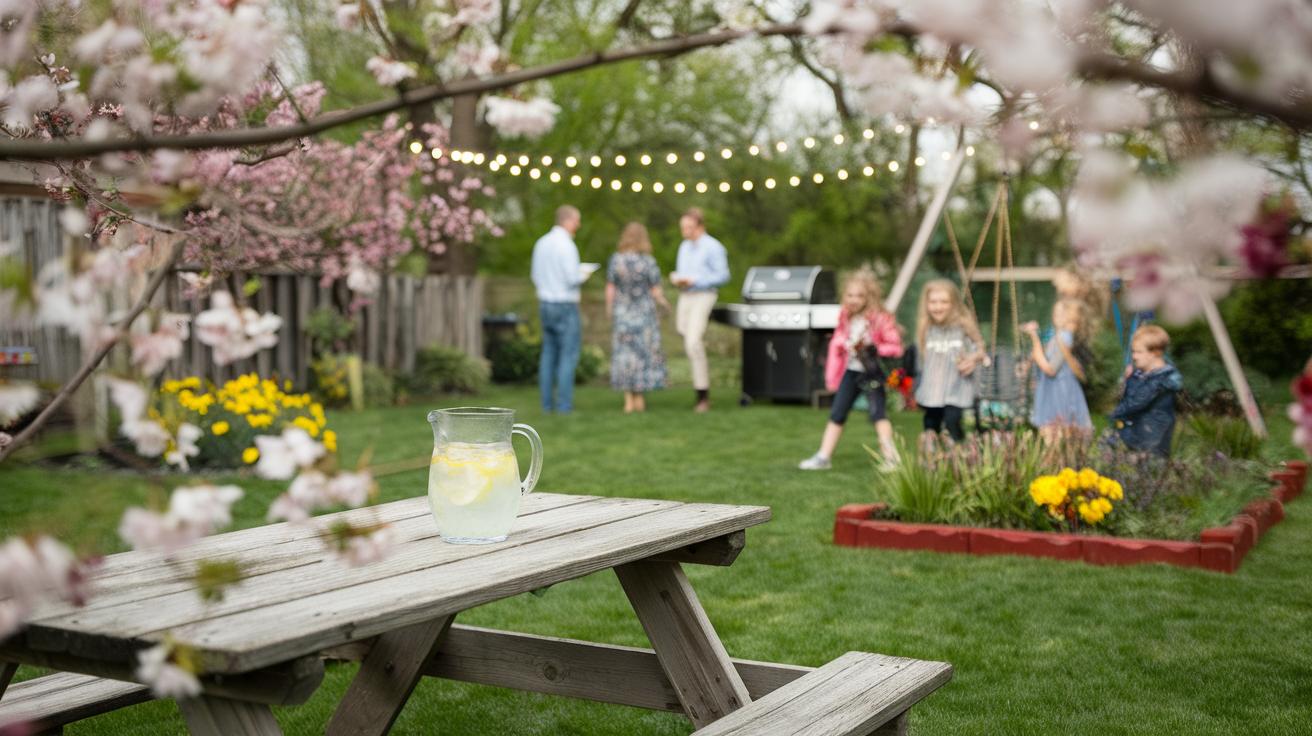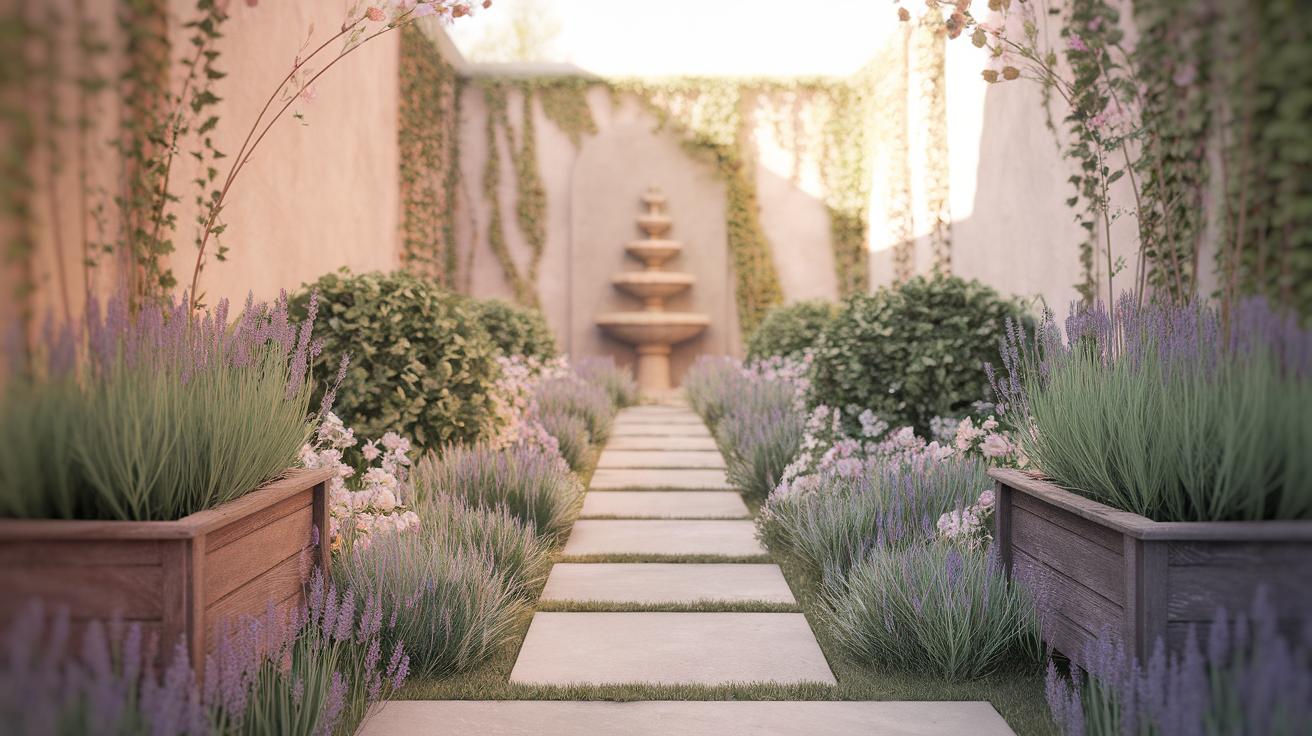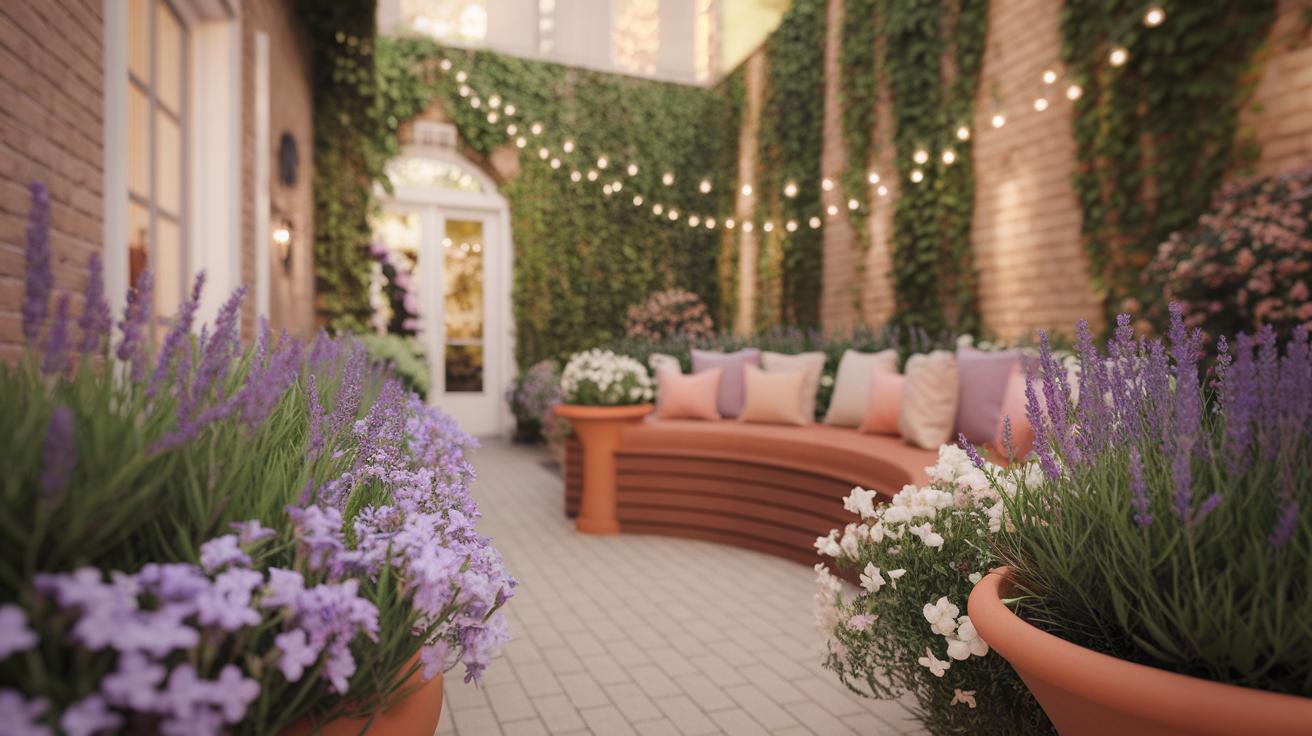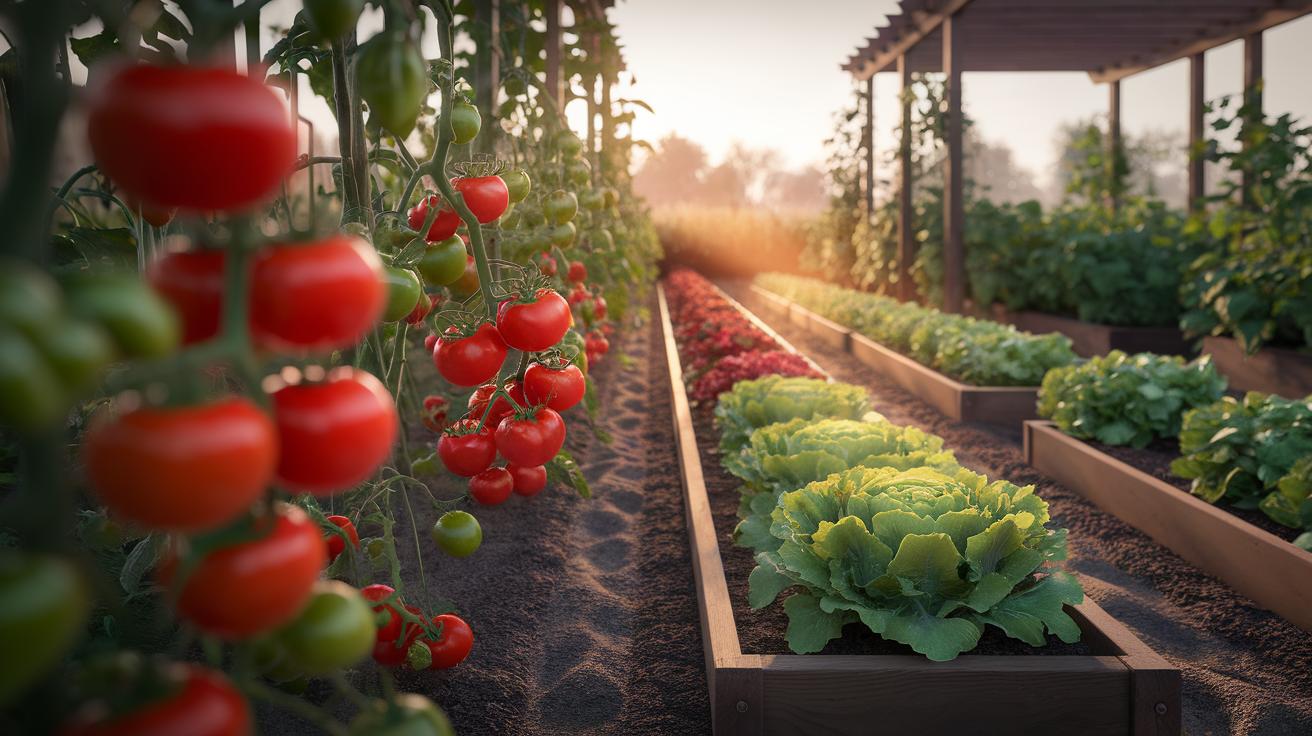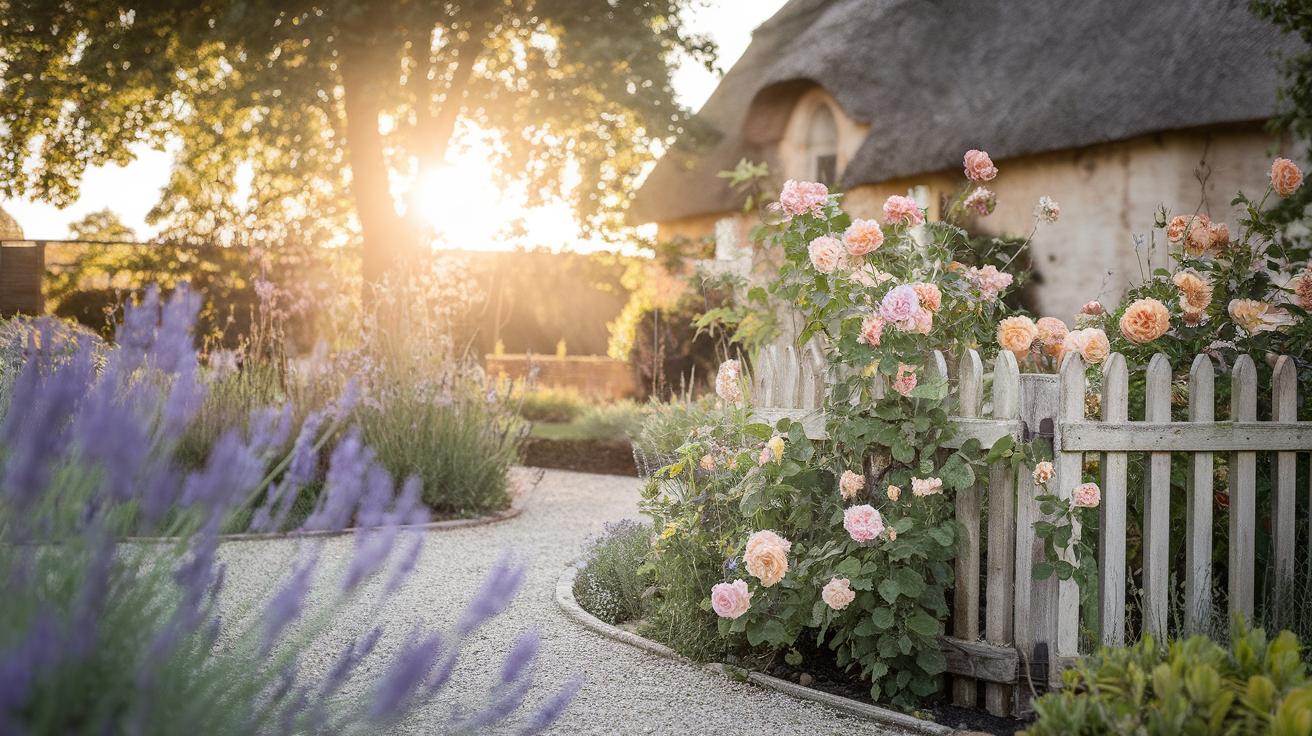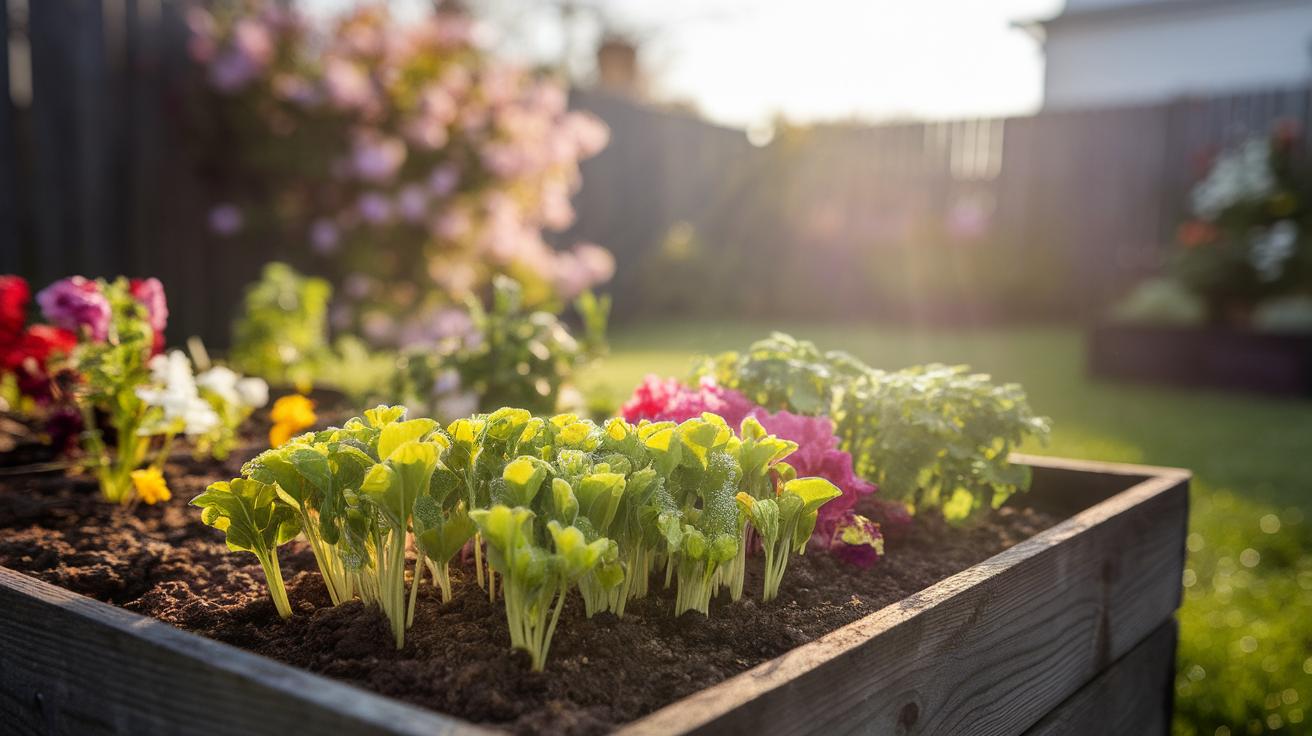Introduction
Your backyard holds the potential to become the favorite spot for family fun. Transforming this space doesn’t have to be difficult or expensive. You can design areas that bring the family together for play, relaxation, and shared memories.
What makes a backyard inspiring? Think beyond just a lawn. Imagine spaces for games, dining, gardening, and creative activities. You can adapt your backyard to fit your family’s needs and interests, making it a place your whole family looks forward to using.
Planning Your Backyard for Family Activities
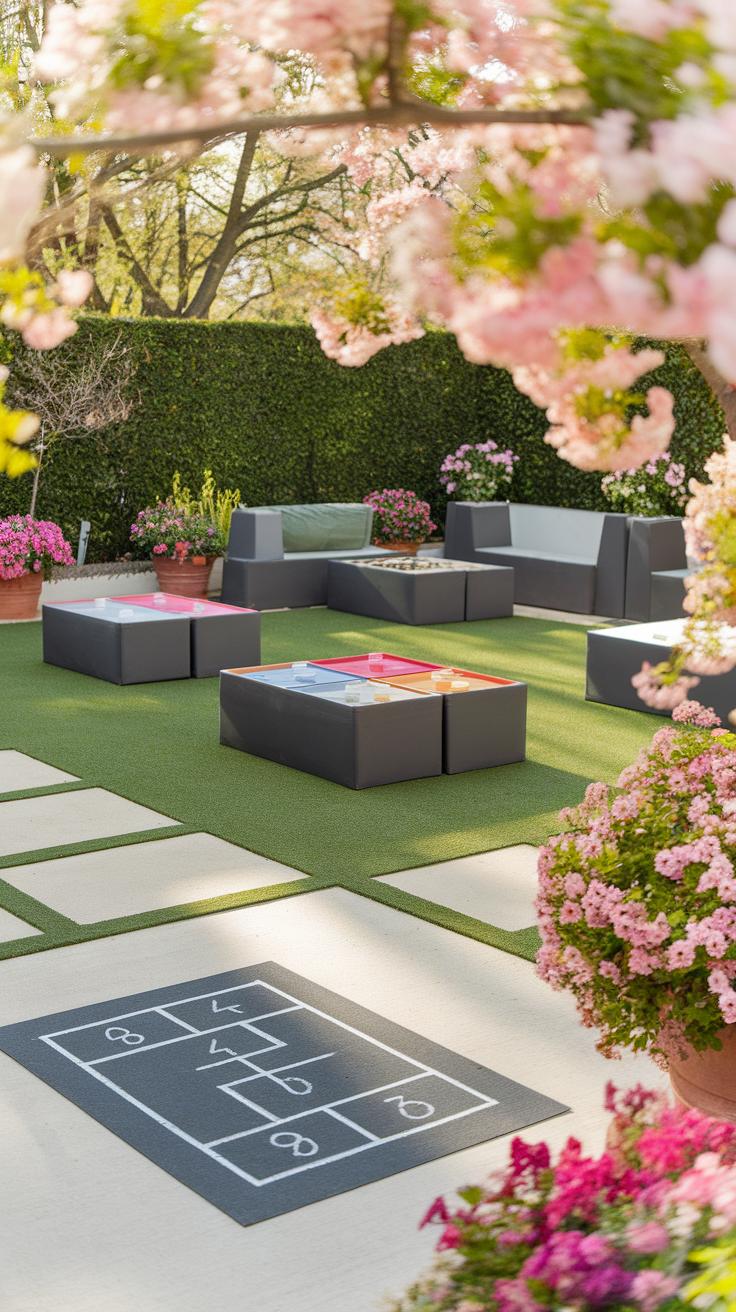
Assess Your Space and Family Needs
Start by measuring your backyard’s size and noting its shape. Look for existing features like trees, patios, or fences. Consider how much sun and shade the area gets throughout the day. Think about spots that might work well for seating or play zones.
Ask yourself who will use the space. Are there young children, teenagers, or adults who enjoy different activities? A toddler might need a soft grassy spot, while teens may want room for sports or hangouts. What hobbies does your family have? Gardening, cooking outside, or relaxing might all need a place.
Understanding your family’s ages and daily routines helps you plan areas that fit their needs. Could a quiet corner be a reading spot? Should you save space for group games or outdoor meals? This step helps you avoid wasting space or putting fun in awkward spots.
Set Priorities and Create a Layout
Decide which features will bring the most value to your family first. Would a sandbox, fire pit, or garden come before a sports area? Prioritize what your family uses often or needs most. Sometimes smaller, simple additions make a bigger impact than costly setups.
Sketch a basic layout by drawing your yard on paper or using an online tool. Mark existing structures and plan where new features will go. Include pathways, seating, and activity zones. Visualizing the space helps spot problems and balance areas for rest and play.
Review your plan with your family. Do your kids see themselves playing there? Does it feel inviting for adults to gather? Adjust the layout based on their feedback to ensure the space will get used often and enjoyed by all.
Designing Play Areas for Kids and Adults
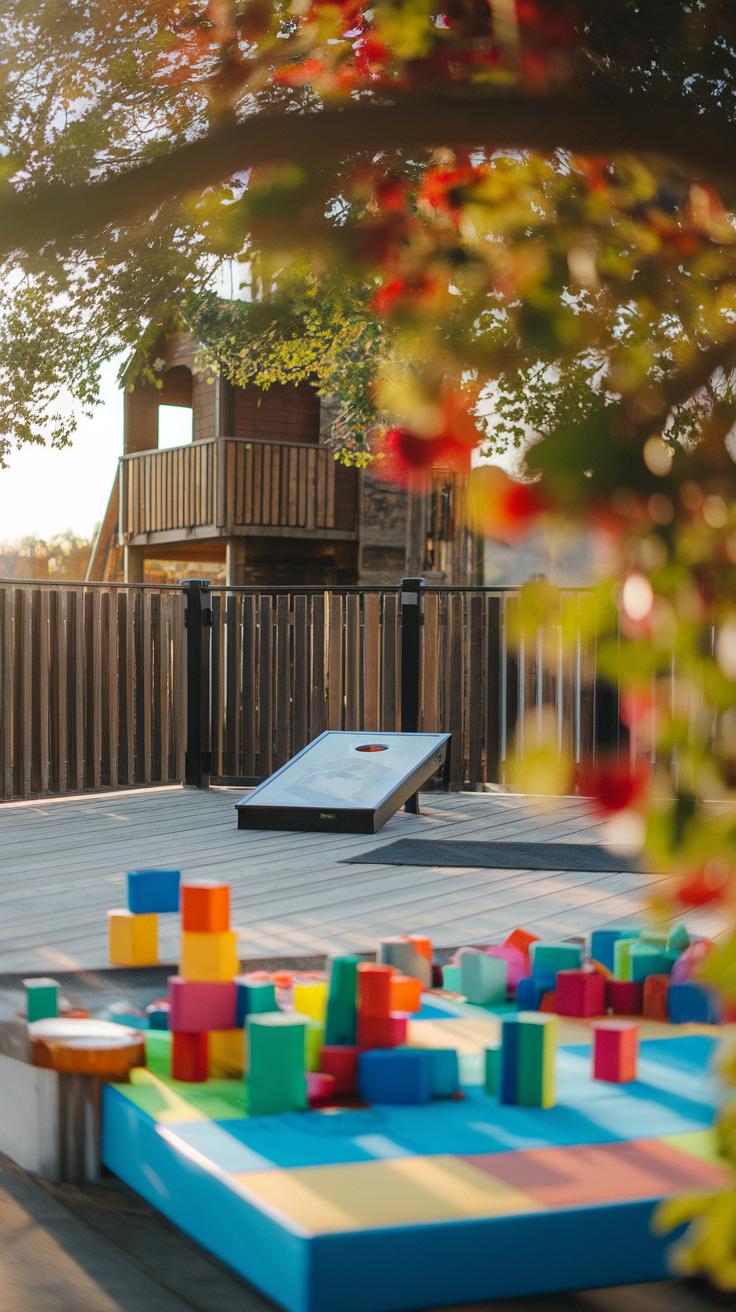
Creating play areas that appeal to both children and adults requires careful thought about space and activities. How can you design a space where laughter and fun happen for all ages? Start by dividing your backyard into sections that meet different needs without feeling separate. Think about safety first by choosing durable materials and adding soft ground coverings like mulch or rubber tiles around play structures.
Consider features that encourage creativity and movement for kids, such as climbing frames or balance beams. For adults, integrate games and seating areas nearby to stay part of the action. Space should allow for easy supervision so parents and kids can interact while enjoying their chosen activities. With intentional planning, your backyard can become a place where family members of every age find joy together.
Safe and Engaging Play Zones for Kids
Designing a kid-friendly play zone starts with safety. Secure swing sets firmly in the ground and use materials that reduce injury risks. Adding a sandbox invites sensory play and sparks imagination. Do you have room for a mini sports area? Including a small basketball hoop or a soccer goal encourages physical activity and teamwork. Bright colors and clear boundaries help children understand where to play safely.
Shade is another key feature. Placing a canopy or planting trees keeps play areas cooler during sunny days. Test your play zone by watching how your children move and what interests them most. Adjust the layout or add cushions and soft mats to boost comfort and reduce falls. This way, kids look forward to spending more time outside.
Multi-Use Play Spaces for Everyone
How can your backyard invite fun for both adults and kids? Multi-use play spaces blend different activities to satisfy all family members. Installing a bocce ball court offers low-impact exercise and friendly competition. Choose durable surfaces that suit multiple sports or games. Adding a ping pong table lets everyone engage in fast-paced play while encouraging social time.
Outdoor puzzles and giant board games can bring the family together on quiet afternoons or during gatherings. Seating near these areas creates a comfortable spot for adults to relax while staying involved. Consider storage solutions that keep equipment organized and accessible. Designing your backyard this way helps everyone feel included and keeps family fun flowing every season.
Creating Outdoor Dining and Cooking Spots
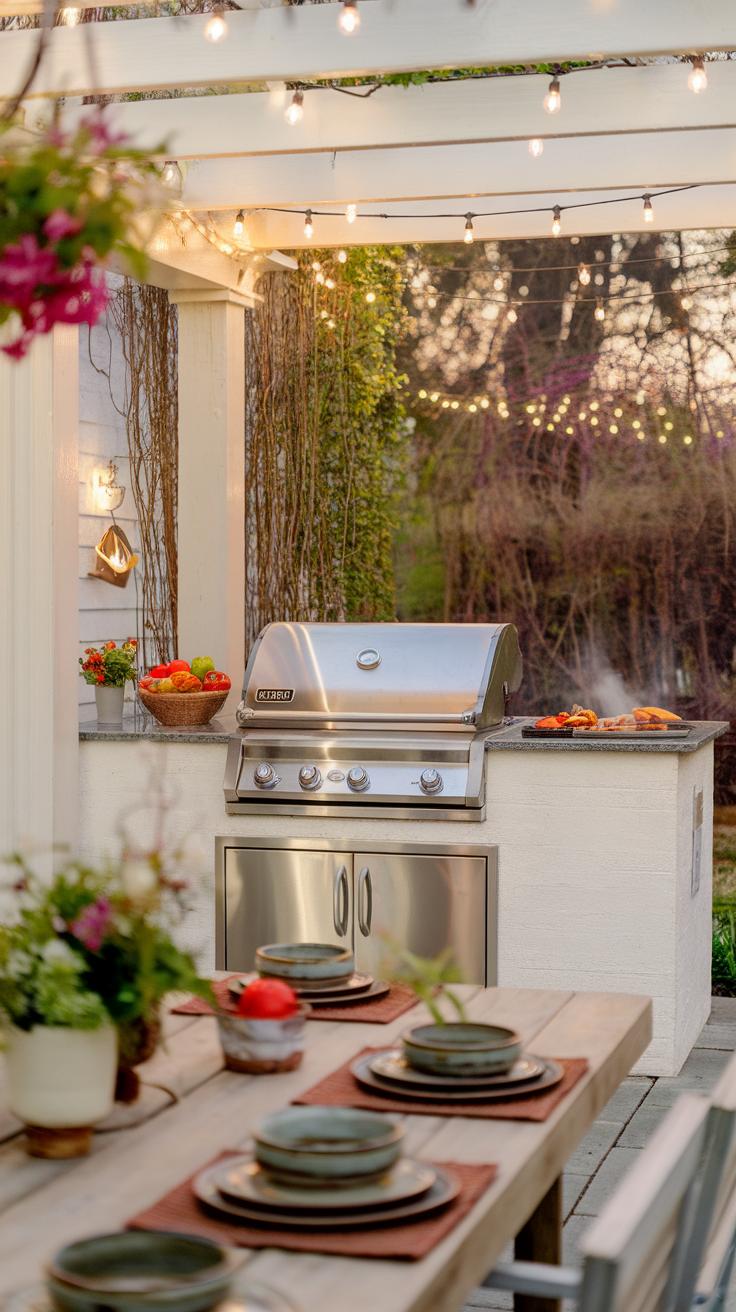
Setting Up a Family-Friendly Dining Area
Choose a flat, stable spot in your backyard to set up your outdoor dining area. A sturdy table with comfortable chairs invites everyone to sit together for meals and conversations. Consider long benches or mix-and-match seating for a casual yet cozy feel. Weather affects comfort, so think about shade options like umbrellas or a pergola. Your dining spot should work well even on cooler evenings, so include blankets or outdoor heaters if possible. Lighting plays a big role in extending mealtime outdoors. String lights, lanterns, or solar-powered lamps provide soft, warm light to keep gatherings welcoming after dark. Do you have a spot that feels both inviting and functional for your family’s mealtime needs?
Adding Outdoor Cooking Options
Bringing cooking outdoors can turn meals into shared projects that involve the whole family. Installing a grill offers a quick, easy way to prepare a variety of foods while enjoying fresh air. Fire pits create a natural gathering point where you can roast marshmallows or cook simple meals over open flames. For pizza lovers, a small outdoor pizza oven adds fun and flavor, encouraging everyone to customize their own creations. Consider your family’s favorite dishes and how cooking outdoors might enhance those experiences. How can you design your cooking area to invite participation and spark new mealtime traditions?
Incorporating Nature and Gardening Together
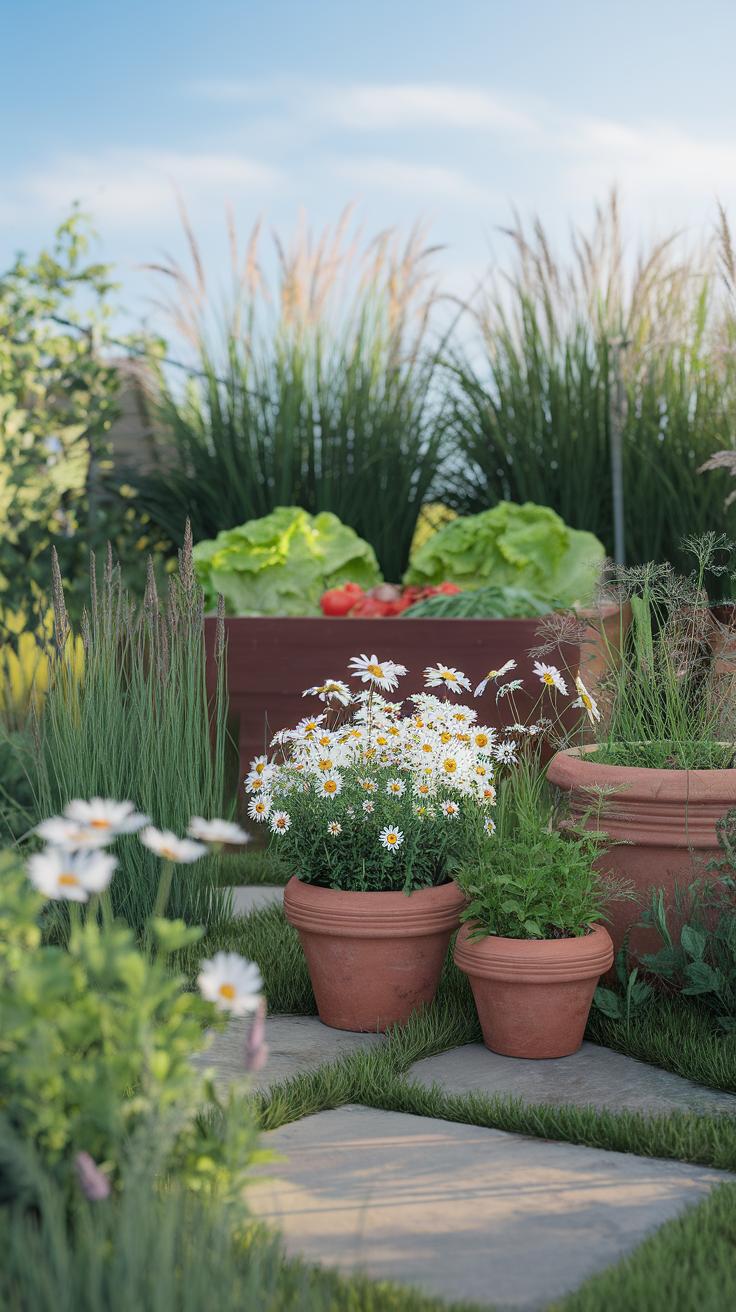
Bringing nature into your backyard offers a chance for your family to connect with the outdoors and enjoy learning together. You can create a green space where everyone participates in planting and caring for plants. This encourages teamwork and creates a sense of accomplishment as you watch your garden grow.
Growing a garden can be an exciting family project. You might dedicate a small patch for flowers or establish raised beds for vegetables and herbs. Hands-on activities like watering, weeding, and harvesting give children the chance to experience growth cycles firsthand. It also starts conversations about the environment around you.
You could add natural elements like stones, twigs, or logs to make the space feel more alive. Think about how your family can observe wildlife, such as insects or birds, that visit your garden. Are there ways you could design a spot to encourage these creatures? Designing your backyard with nature creates lasting memories and learning opportunities for all ages.
Family Gardening Projects for All Ages
Simple gardening projects can suit every family member’s skill level and interest. Planting easy-to-grow flowers like sunflowers or marigolds provides a quick sense of achievement for young kids. Vegetables like cherry tomatoes or radishes have short growing times, which helps maintain excitement.
Consider creating a herb garden together. Herbs such as basil, mint, and parsley are great to grow in pots or small beds. Children learn about smells and tastes while helping with meal prep. You can assign tasks so everyone has a role, such as digging holes, planting seeds, or labeling plants.
Tie these activities to daily or weekly family routines. Regular care helps kids develop responsibility and observe changes over time. What small garden project might spark your family’s interest? Getting hands dirty together creates shared experiences and teaches practical skills about where food and flowers come from.
Using Nature as a Learning and Fun Tool
Nature offers many ways to add fun and education to your backyard. Setting up bird feeders attracts local birds for your family to watch and identify. This activity inspires curiosity and teaches respect for wildlife.
Butterfly gardens create color and movement while supporting pollinators. Plant nectar-rich flowers like milkweed and lavender to encourage visits. Children enjoy spotting butterflies while learning about their role in ecosystems.
Small ponds provide habitat for frogs, dragonflies, and aquatic plants. Installing one involves the whole family from planning to maintenance. Your children can observe life cycles and water processes up close. Which natural features would fit your space and family’s curiosity? Including these elements turns your backyard into a living classroom that everyone can explore together.
Designing Relaxation Areas for Everyone

Create spaces in your backyard where every family member can take a break and enjoy quiet moments together. Think about how you and your family like to relax. Do you prefer reading, chatting, or simply watching the birds? Tailor your relaxation zones to include spaces that encourage these activities.
Including different seating options invites everyone to unwind comfortably. You can arrange comfortable chairs, a hammock, or a bench around a small table for afternoon conversations. A mix of seating types lets each person choose their favorite spot, creating a welcoming environment for family bonding.
Consider placing these zones near your garden or a scenic backyard feature. This way, everyone benefits from a peaceful atmosphere enhanced by nature’s calm. Ask yourself: Does the spot feel inviting? Can family members easily move between spaces to join one another? Small adjustments like this make a big difference in family enjoyment.
Comfortable Seating and Lounging Spots
Start by choosing chairs that offer support without being too formal. Cushions or padded seats encourage longer stays outside. If you have space, include a hammock for kids or adults who enjoy swaying gently while reading or resting.
Benches are great for group conversations since they keep everyone close. Position benches under trees or near flower beds so the setting feels natural and soothing. Use outdoor fabrics for cushions that resist weather damage and clean easily.
Arrange seating to face each other or overlook something interesting, such as a fire pit or garden path. This setup helps turn your backyard into a spot where conversations flow and relaxation happens naturally. What seating arrangement would your family find most inviting?
Adding Shade and Weather Protection
Think about the times your family spends outside and the sun’s position during those hours. Providing shade keeps everyone cool and comfortable, making your relaxation areas usable longer. Options like umbrellas are easy to move and adjust as needed.
Pergolas offer a more permanent solution and can be decorated with climbing plants or string lights to add charm and shade. Shade sails are flexible and come in various shapes and colors, fitting many backyard styles.
Also, consider a retractable canopy if you want control over how much sun or rain protection you get. How often does harsh sun or light rain keep your family indoors? Investing in weather protection increases the chances that your backyard becomes a favorite family hangout, regardless of the weather.
Lighting and Ambiance for Evening Enjoyment
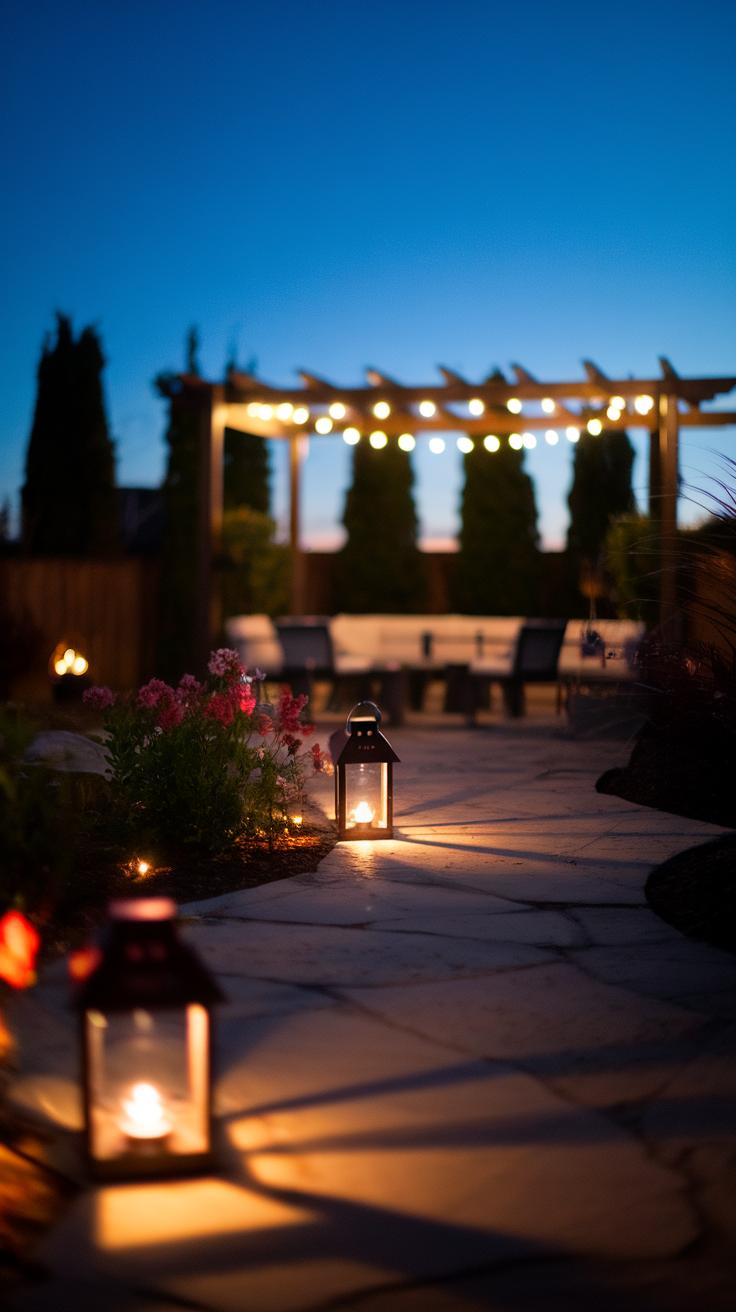
Extending your backyard fun into the evening starts with the right lighting. Carefully placed lights help you and your family move safely and comfortably outside when the sun goes down. Think about how each area of your backyard can be lit to match its use—walkways need clear lighting, while gathering spots benefit from softer, inviting glows.
You can use lights not just for visibility but to build a mood that invites everyone to linger longer. What type of lighting do you feel would fit best with your backyard style? Answering this helps you pick options that create warmth and encourage evening conversations or playtime.
Consider combining various light sources to layer effects. This way, safety blends naturally with comfort. Good lighting turns your backyard into a place for family memories that last well past sunset.
Safe and Attractive Outdoor Lighting
You want lights that keep your family safe while adding a touch of charm. String lights around trees or pergolas can light paths softly without dazzling anyone. They make moving through the yard easy and add a hint of cheer.
Lanterns offer both brightness and style. Place them on tables or hang them where kids can see without tripping on cords. Solar lights are cost-effective and eco-friendly. They charge during the day and glow automatically at night, perfect for marking steps or garden edges.
Have you checked your current lighting setup for dark spots or hazards? Adjusting these details makes your backyard safer and more appealing.
Creating a Cozy Evening Atmosphere
Soft lighting sets a mood that draws your family together. Using candles in hurricane jars or LED alternatives on tables adds a gentle flicker that feels inviting. A fire pit becomes a natural centerpiece where stories unfold and snacks roast.
Arrange comfortable seating near your light sources to encourage gathering. Think about adding throw blankets for extra comfort when the temperature drops. These touches signal your yard is ready for relaxed evenings.
How could you invite your kids or guests to help arrange lighting or pick accessories? Involving everyone deepens the feeling that this space belongs to all of you. Creating a cozy atmosphere turns your backyard into a favorite evening spot where everyone wants to spend time.
Incorporating Technology and Entertainment

Your backyard can become a vibrant hub where technology boosts family fun. Creating an outdoor audio and visual setup invites music, movies, and games outside, turning simple gatherings into memorable events. Choose weatherproof speakers that blend with your space and deliver clear sound. Some models even connect wirelessly, letting you control the playlist easily from your phone. Outdoor screens are another great option. They can be mounted on a wall or set up with a portable stand to host movie nights or video game sessions under the open sky. Think about how having a Bluetooth speaker near your picnic area can turn an ordinary day into a dance party or relaxing soundtrack moment for everyone.
Tech-assisted games bring more than just fun—they encourage your family to get active together. Devices like smart trivia games or augmented reality apps can set up scavenger hunts or fitness challenges in your yard. Imagine a game where kids search for virtual items linked to real-world spots around the space, or a multiplayer exercise app that turns simple moves into points during friendly competition. These tools motivate everyone—from kids to adults—to move, think, and laugh. How can you use technology in your backyard to create new traditions that bring your family closer and get everyone outdoors?
Maintaining and Adapting Your Backyard Space
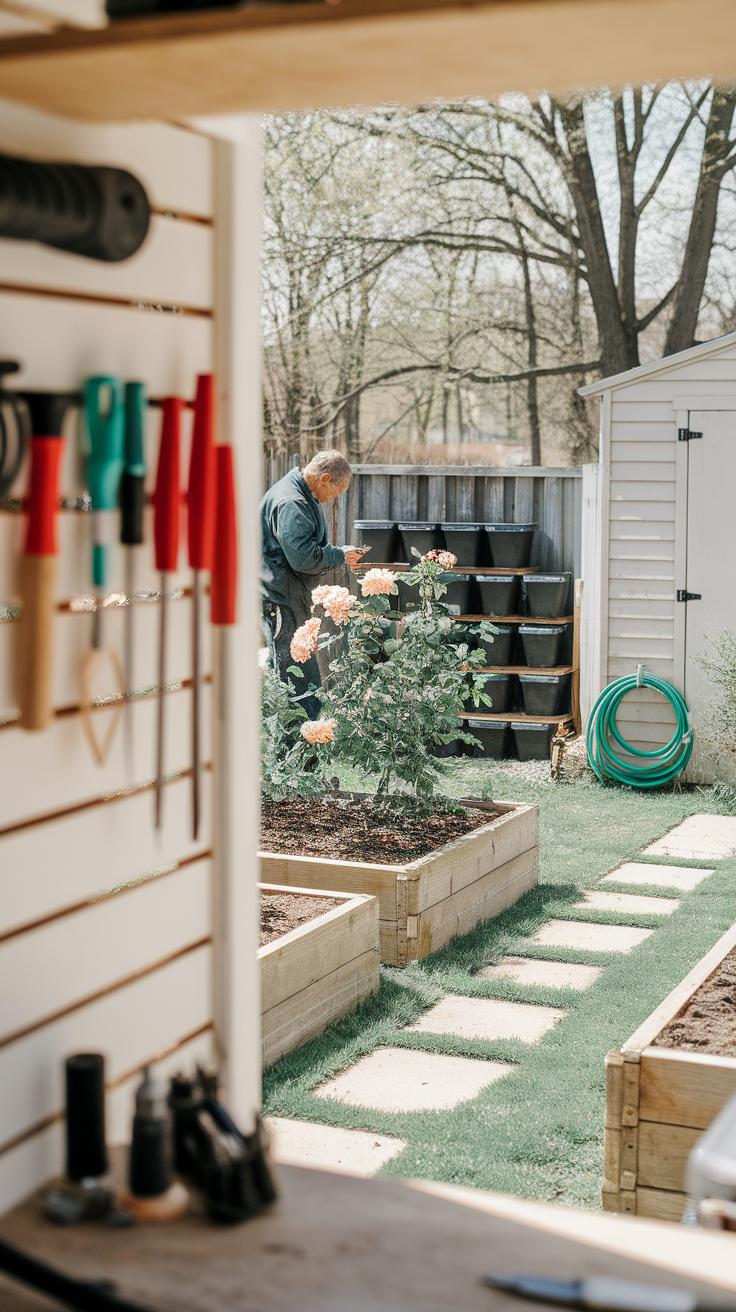
Routine Care and Upkeep
Your backyard needs regular care to stay safe and inviting for family fun. Mowing the lawn frequently prevents overgrowth, which can attract pests and create tripping hazards. Water your plants early in the day to help them absorb moisture before heat causes quick evaporation. Trim bushes and trees to keep walkways clear and to avoid damage to fences or play areas. Check outdoor structures like pergolas, benches, and swing sets for loose nails or worn paint. Repair these right away to avoid accidents. Clean patios and decks from dirt and leaves to prevent slipping. Do you set a schedule for backyard tasks? Consistent attention keeps your space ready for spontaneous gatherings and playtime.
Adjusting Features as Family Grows
Think about how your family’s needs might change over time. Young children may enjoy a sandbox or small swing set now, but as they grow, a sports area or garden project can be more appealing. Swap out or add equipment that matches your family’s changing interests. If teenagers want privacy, consider adding a seating nook or fire pit where they can hang out. As kids move out, you might repurpose play zones into relaxation spots for adults. Flexible furniture and modular gardens make these transitions easier. Are you planning your backyard with room to grow and change? Reflecting on future needs ensures your backyard stays a favorite spot for the whole family.
Making Your Backyard a Family Gathering Spot
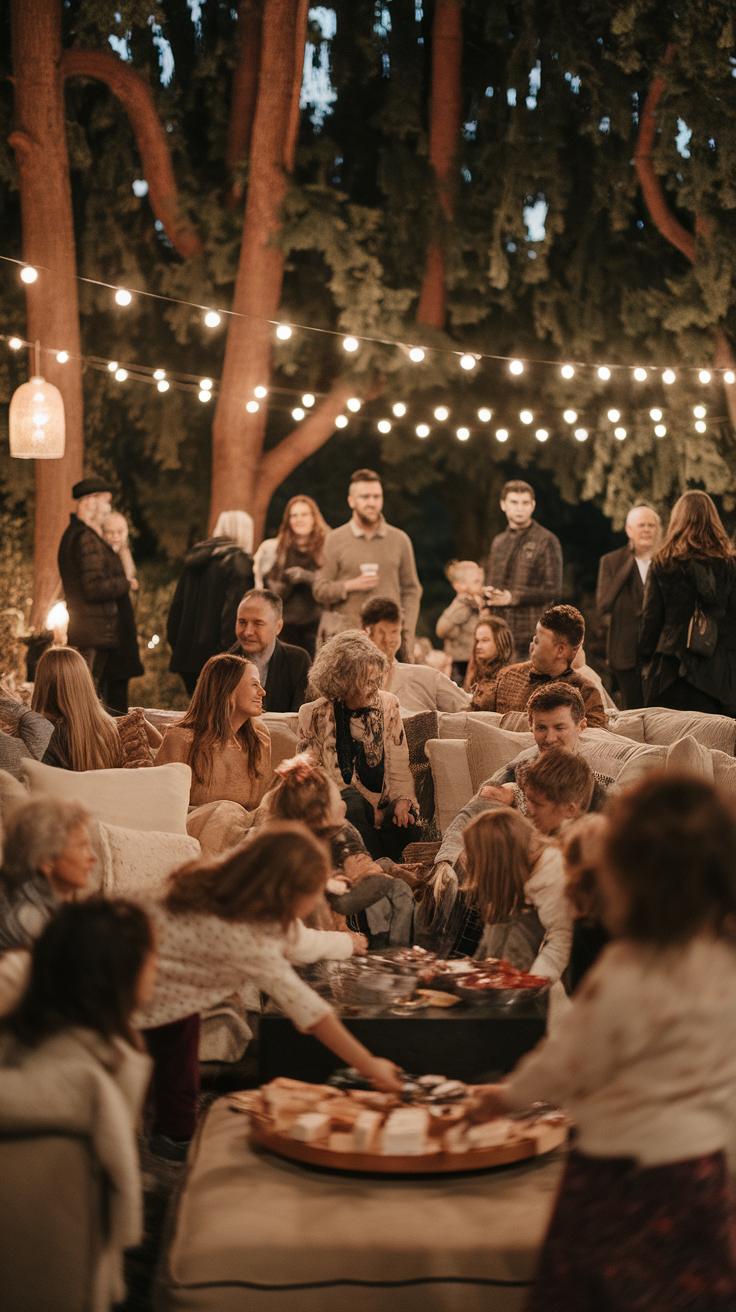
Creating a backyard space where your family naturally gathers means designing areas that invite connection. Start by arranging seating in groups rather than rows. This encourages face-to-face conversation and shared experiences. Think about adding a fire pit or a simple outdoor table where everyone can come together at the end of the day.
Consider the flow of the space. Paths should lead easily from the house to different activity zones, making it simple to move around. If your backyard has an open lawn, reserve space for casual play or spontaneous games. A dedicated spot for family activities signals that this area belongs to everyone.
What kinds of spaces draw your family outside? Maybe a cozy nook for storytelling or a spot near flowers and plants where kids can explore nature. Use these details to build traditions that encourage your family to return often and create lasting memories together.
Planning Family Events and Activities
Regular backyard events help turn your space into a hub for family connection. Organize weekly game nights using outdoor-friendly board games or large lawn games like cornhole and giant Jenga. These activities don’t take long to set up but bring a lot of joy.
Barbecues offer chances to cook and eat together, sparking conversations that last long after the meal. Try hosting seasonal celebrations—like a spring picnic, summer movie night under the stars, or a fall harvest festival. These events can become annual traditions your family looks forward to.
Have you thought about involving your kids in the planning? Let them choose the menu or select the games. This involvement makes the gatherings more meaningful and helps everyone feel connected to the space and each other.
Encouraging Family Bonding Outdoors
Outdoor spaces give your family room to unwind and focus on one another without the distractions of screens or busy schedules. Use your backyard to foster conversations by creating comfortable seating areas where everyone can share stories or just listen.
Try activities that invite teamwork, like gardening projects or building simple birdhouses. These shared tasks build cooperation and patience. Even quiet moments, like watching the sunset together, offer opportunities for bonding where words aren’t needed.
Ask yourself how your backyard can support the traditions and routines your family values most. Could a small stage inspire impromptu performances? Would a hammock corner boost relaxation? Making the backyard a place for connection helps your family grow closer while enjoying fresh air and nature.
Conclusions
The ideas shared show that any backyard can become a space for family fun with thoughtful planning. You have the tools to create zones that offer play, relaxation, and dining, all tailored to your family’s unique lifestyle. Bringing nature, technology, and easy maintenance into your plans helps keep the space inviting and useful year-round.
Investing time and care into your backyard results in shared experiences that strengthen family bonds. Consider how your backyard can support your family’s interests today and grow with you in the future. Your backyard is more than an outdoor area; it can be the heart of your family’s everyday enjoyment.


